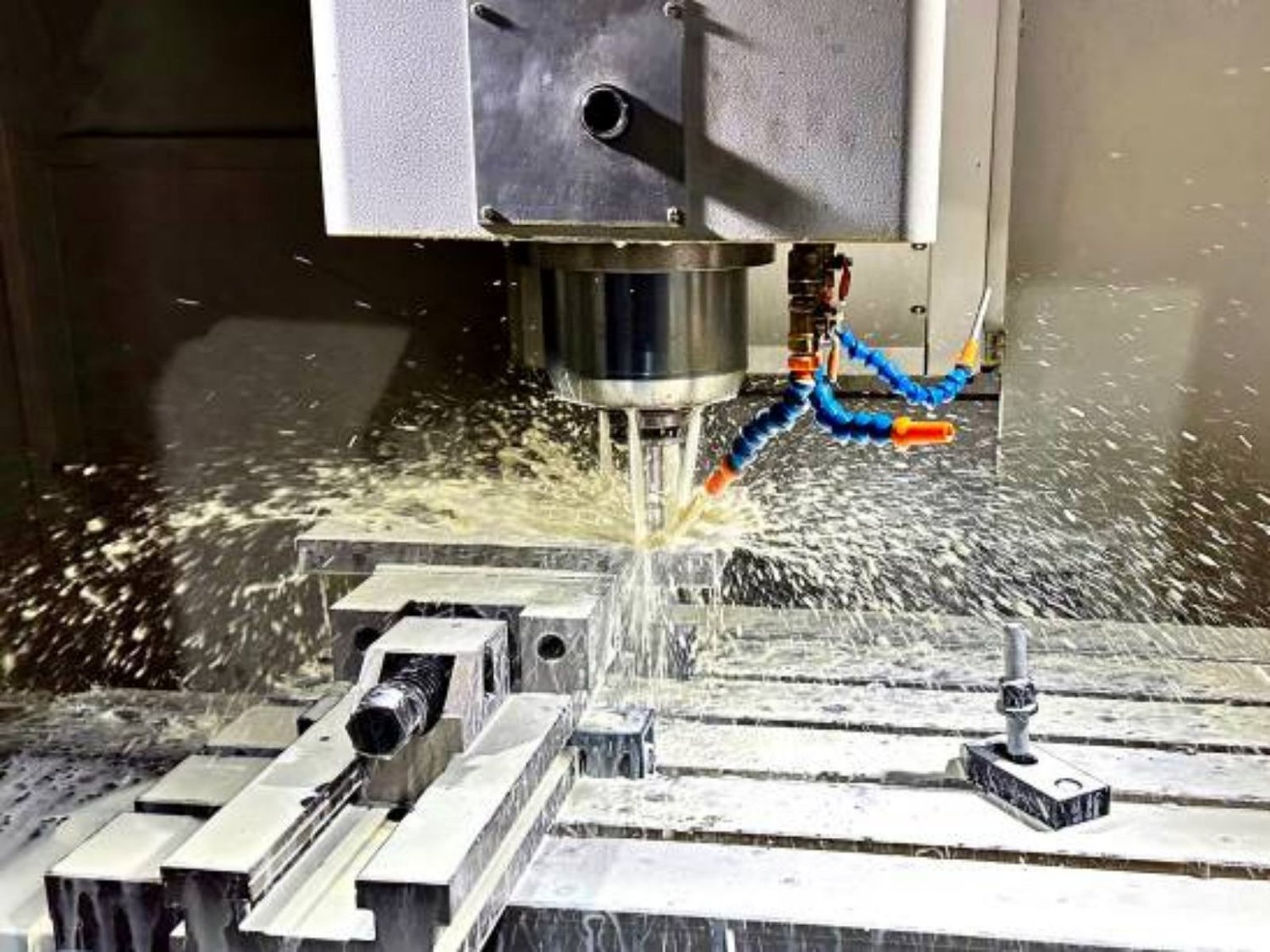Introduction
Surface Refinement Machining is a crucial process used in manufacturing industries to enhance the quality of surfaces. It involves various techniques and technologies to achieve desired surface characteristics, such as smoothness, texture, and precision. This article will explore the different aspects and benefits of surface refinement machining, shedding light on its importance in modern manufacturing processes.
The Basics of Surface Refinement Machining
Surface refinement machining, also known as surface finishing or surface treatment, involves the modification of a material's surface properties to improve its aesthetics, functionality, and performance. It is typically performed after the primary machining processes such as cutting, grinding, or milling. The goal of surface refinement machining is to refine the surface by removing imperfections, reducing roughness, and enhancing specific features.
The Techniques of Surface Refinement Machining
There are several techniques used in surface refinement machining, each suitable for different applications and materials. Some of the commonly employed techniques include:
1. Polishing
Polishing is a technique that involves the use of abrasives to create a smoother surface. It removes roughness, scratches, and other defects, resulting in a mirror-like finish. Polishing can be done manually or using automated polishing machines, depending on the complexity of the surface and the desired outcome.
2. Grinding
Grinding is a precision machining process that utilizes abrasive wheels to remove material from a workpiece. It is commonly used to achieve tight tolerances and improve surface roughness. Grinding can be performed using various types of grinding machines, such as cylindrical, surface, or centerless grinders.
3. Lapping
Lapping is a process that involves rubbing two surfaces together with an abrasive slurry in between. It is typically used for achieving high flatness and tight parallelism on surfaces. Lapping is commonly used in the production of precision components, such as optical lenses and semiconductor wafers.
4. Honing
Honing is a surface refinement technique primarily used to improve the roundness and surface finish of bores. It involves the use of specialized honing tools that remove small amounts of material in a controlled manner. Honing is commonly used in the automotive and aerospace industries for applications such as cylinder liners and hydraulic cylinders.
5. Chemical Etching
Chemical etching, also known as chemical milling, is a process that selectively removes material from a workpiece using chemical reactions. It is commonly used to create intricate patterns, textures, or remove surface contaminants. Chemical etching is widely used in the production of printed circuit boards (PCBs), decorative metal artworks, and microelectromechanical systems (MEMS).
The Benefits of Surface Refinement Machining
Surface refinement machining offers numerous benefits that contribute to the overall quality and functionality of manufactured products. Some of the key advantages include:
1. Improved Surface Quality
Surface refinement machining helps eliminate surface imperfections, such as burrs, scratches, and roughness, resulting in a smooth and visually appealing surface. This is particularly important in industries where aesthetics play a crucial role, such as automotive, consumer electronics, and luxury goods.
2. Enhanced Performance
By refining the surface, surface refinement machining can improve the functional performance of components. For example, reducing friction through polishing or honing can enhance the efficiency of moving parts, leading to improved overall performance and longevity.
3. Increased Durability
Surface refinement machining techniques, such as shot peening or nitriding, can increase the surface hardness and resistance to wear and corrosion. This helps extend the lifespan of components, reducing the need for frequent replacements and maintenance.
4. Tighter Tolerances
The precision nature of surface refinement machining allows for tighter tolerances to be achieved. This is crucial in industries where dimensional accuracy is essential, such as aerospace, medical devices, and precision engineering.
5. Customization and Branding
Surface refinement machining techniques, such as laser engraving or chemical etching, enable the customization and branding of products. This allows manufacturers to add logos, serial numbers, or unique identifiers, enhancing their brand identity and preventing counterfeiting.
In Conclusion
Surface refinement machining plays a vital role in modern manufacturing processes by improving the quality, functionality, and aesthetics of surfaces. By employing various techniques such as polishing, grinding, lapping, honing, and chemical etching, manufacturers can achieve desired surface characteristics and meet the stringent requirements of various industries. The benefits of surface refinement machining include improved surface quality, enhanced performance, increased durability, tighter tolerances, and customization options. As technology continues to advance, surface refinement machining techniques are expected to evolve, providing even more precise and efficient solutions for surface modification.

